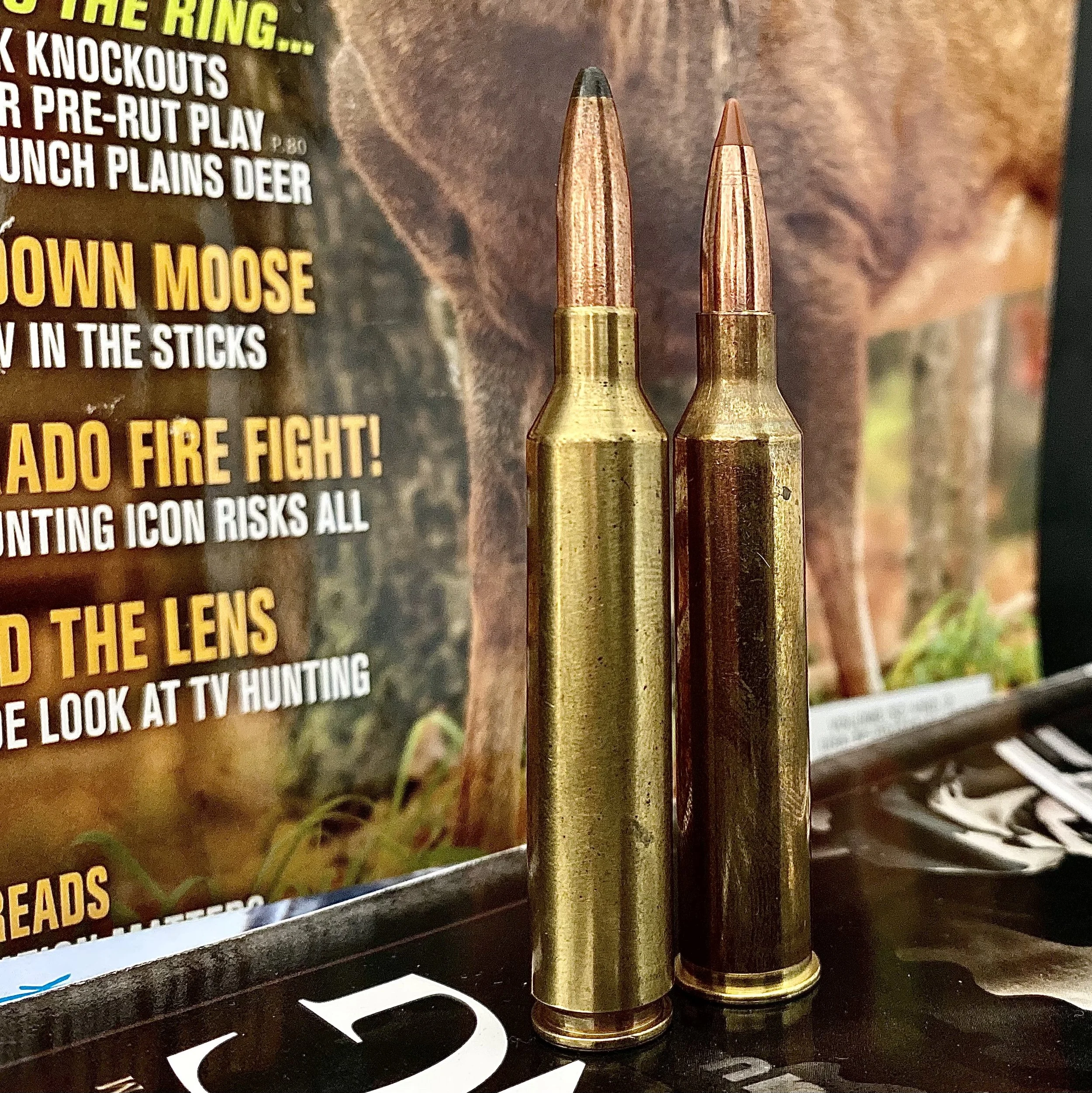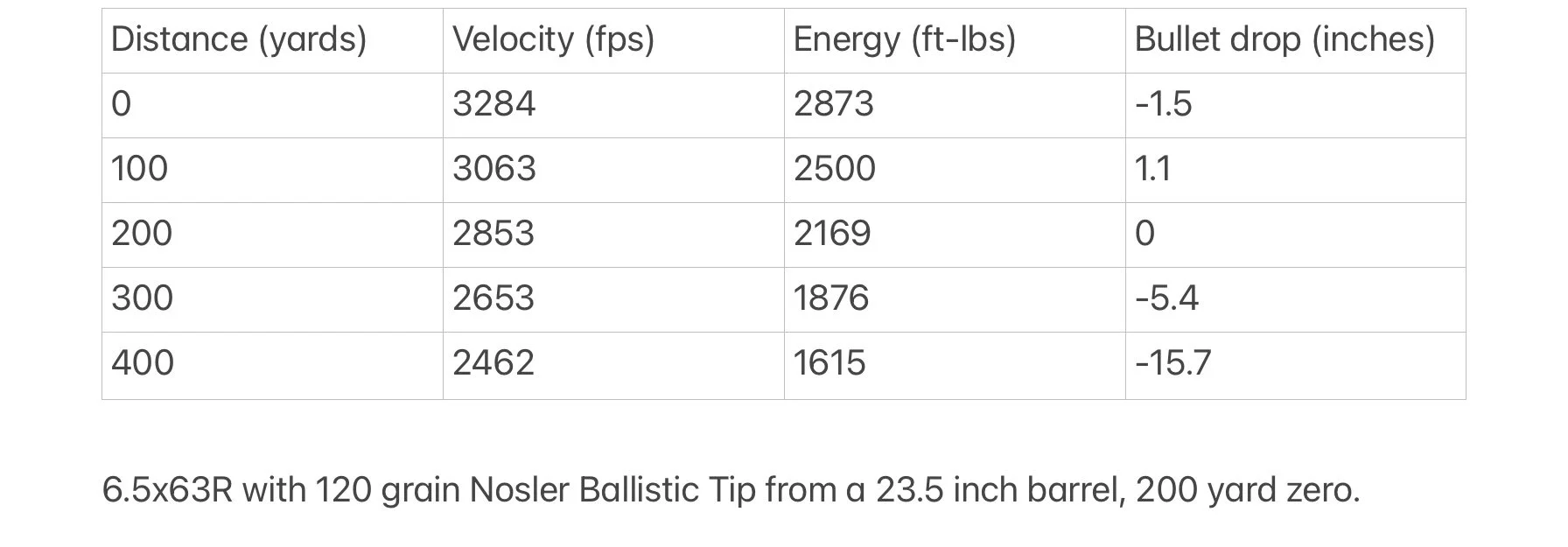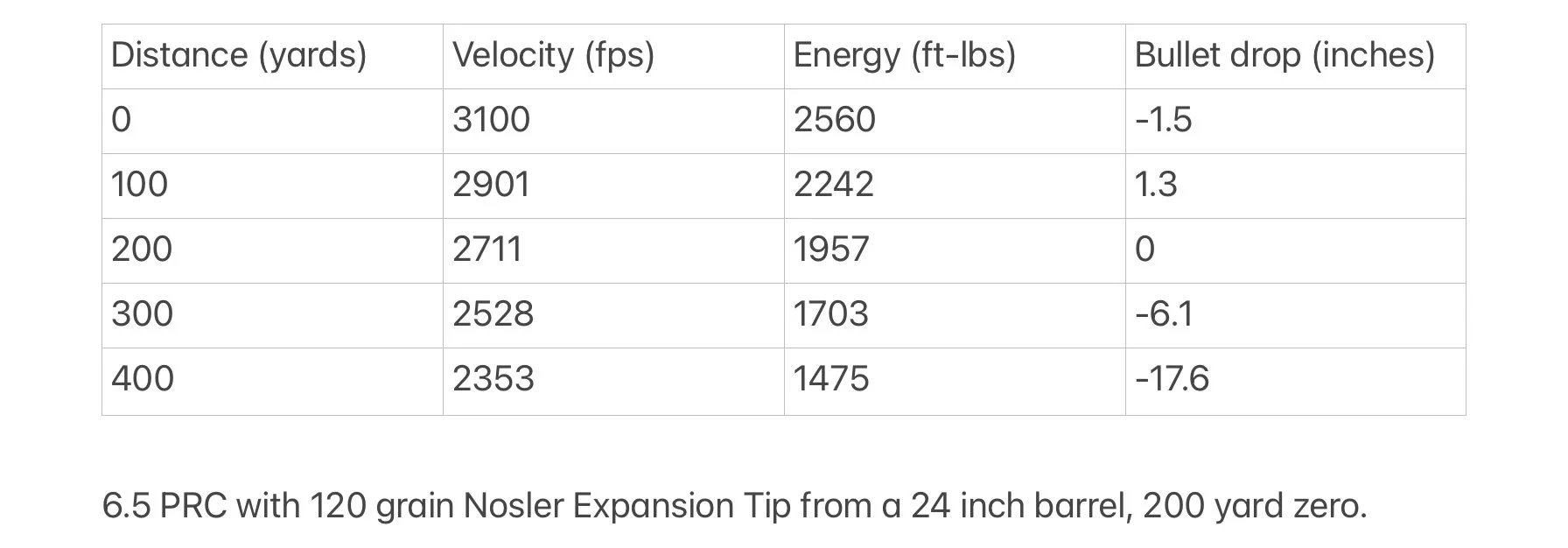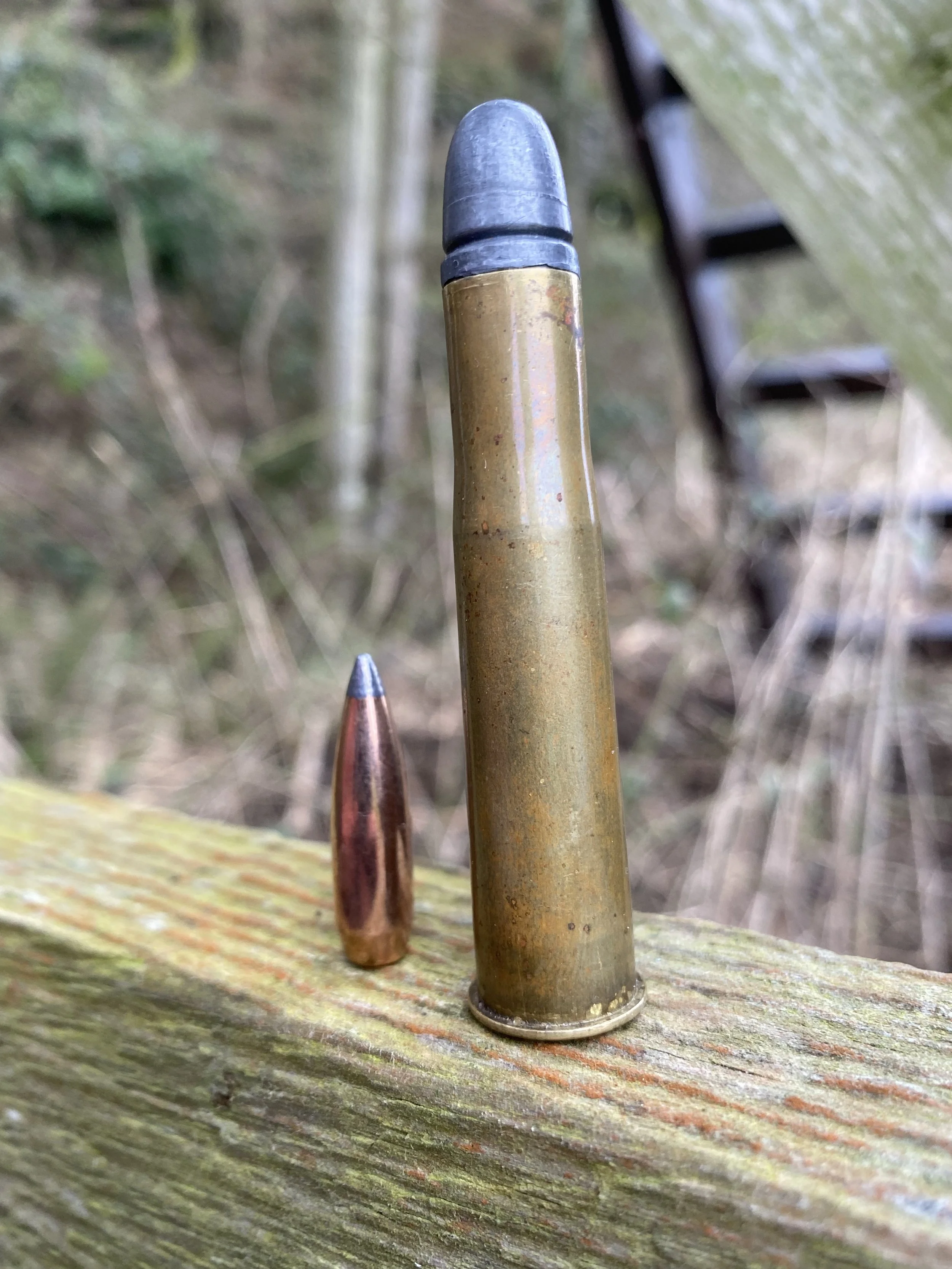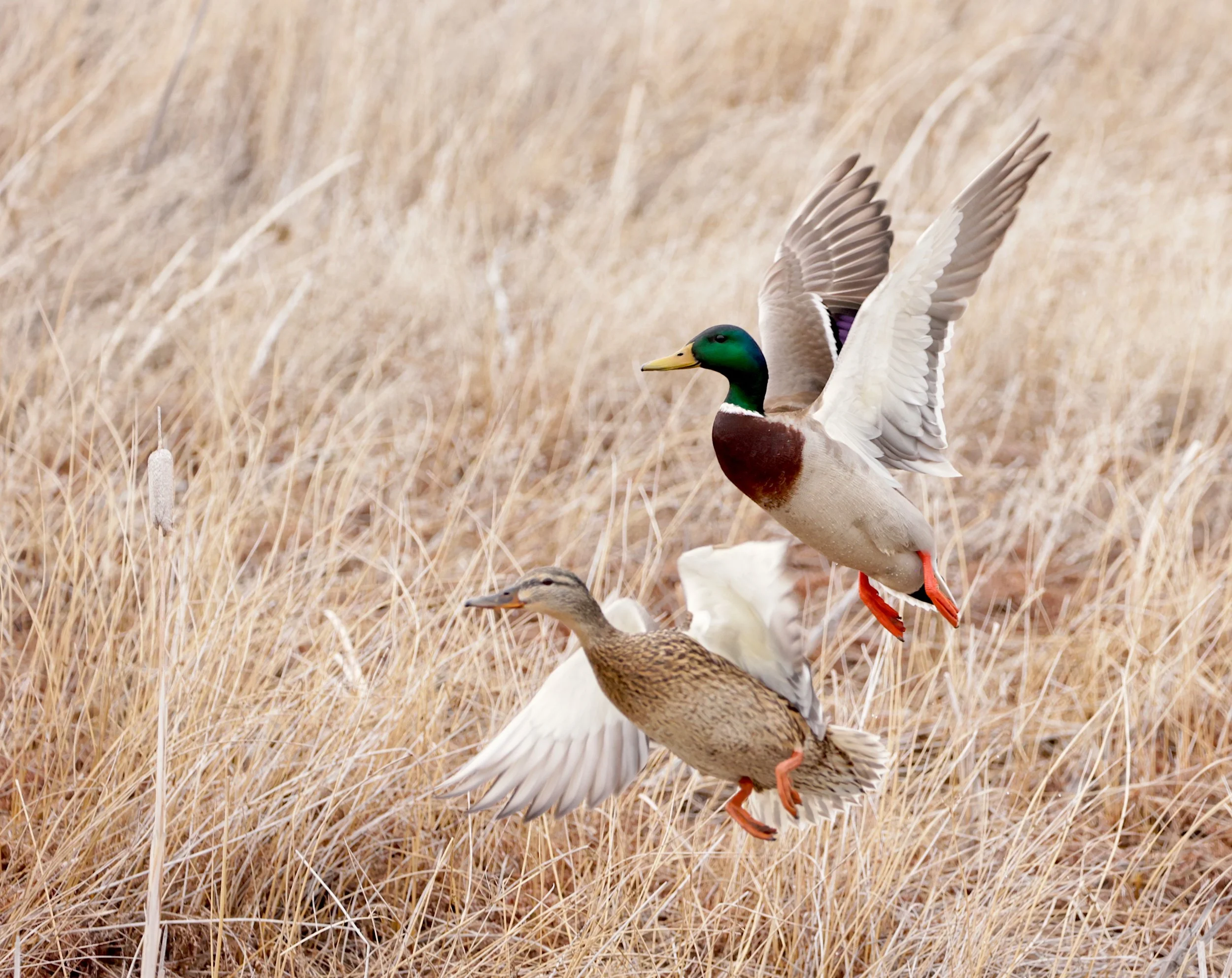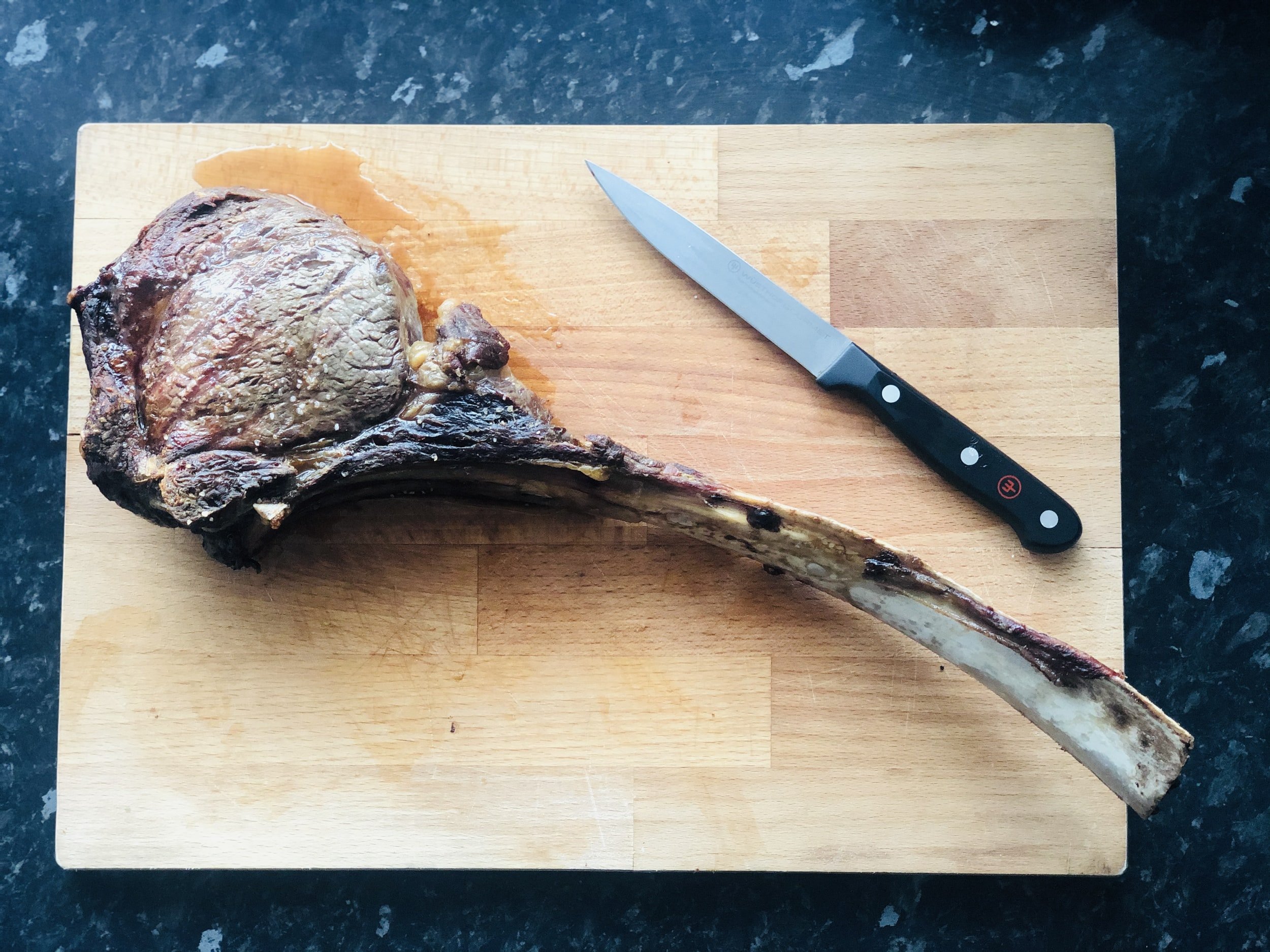A Rimmed 6.5MM Magnum
Today, we have all sorts of high-velocity 6.5mm cartridges. So many that I won't bother you with listing them all. They all have one thing in common: they're rimless designs for bolt action rifles. And while selling numbers of rimless cartridges will constantly outshine those of rimmed equivalents, I think a rimmed option could complement a shooter's selection.
I also doubt that the shooting world will celebrate yet another cartridge of this performance level for bolt rifles. The group is just too crowded for it to offer an advantage. Every possible speed and bullet weight is covered by a cartridge ranging from slow to blazing fast. The rimmed design, on the other hand, fills a definite niche. And while today's break actions work reliably with rimless rounds, it's more classic to use a rim for head spacing in these guns.
Good thing for us: a round with a rimmed case in the form of the 6.5x63 R Messner Magnum. It is the rimmed pendant of the 6.5x63 Messner Magnum. So for this article, I will focus on the case designed for break-action rifles. The ballistic performance of both versions is identical. You can take the information and translate it to bolt rifles. This is somewhat unusual. Many rimmed versions of European cartridges were designed with lower maximum chamber pressure to ensure safe function in break actions. The 6.5x63R is the exception to this rule. Modern break action can withstand a lot more pressure, so both versions operate at the same maximum pressure of a little over 63.800 psi (4.400 bar).
The cartridge was developed by a French ballistician and developer named Joseph Messner. He aimed to build cartridges that would perform like the 6.5x68mm does, just from shorter 23.5-inch barrels instead of the standard 25.5-inch tubes used in the older cartridge. Quite frankly, he did just that. (More on the ballistics later). He took the case of the 9.3x64 mm cartridge and modified it to house .264-inch diameter bullets. That made for a voluminous case with enough room for a modern powder to reach and, in some cases, even exceed the speed of the 6.5x68mm from those shorter barrels. Its 30-degree shoulder angle should undoubtedly find the appreciation of modern case developers. Messner opted to use twist rates of about 1 in 8.5 or at least 1 in 9 inches, so he had the heavy caliber projectiles in his mind. Think of Accubond Long Range bullets, the different Berger Long Range bullets, or other extremely aerodynamic projectiles as good fits.
The purpose of speedy 6.5s is mainly hunting for medium-sized big game at long distances. Pronghorn and deer in the wide-open flat country fall to the mentioned or many other well-constructed bullets. So does true mountain game like goats and sheep. As you probably know, Scandinavians take many of their moose quite neatly with the 6.5 Swedish. So bigger ungulates are certainly within the capabilities of a faster 6.5mm bullet. I'd recommend using heavy, tough bullets and waiting for good broadside angles if you plan to use a .264-inch bullet on elk, moose, black bears, or eland. No 6.5mm pill is ideal for these animals, but it's not bad, either. Choosing light, frangible bullets will make this cartridge acceptable for small predators. If you're on a safari for African plains game, the French creation will serve you well, too, especially if you're going for the light to mid-weight species.
The rimless cartridge was released in 2001, while the rimmed version followed two years later. To say they gained widespread use would be an exaggeration. But that doesn't mean the design is flawed. The reasons probably are the small production numbers of break-action guns and the ensuing little demand. Also, the small interest in extreme long-range shooting in its Central European home and the competition with other rimless cartridges of this diameter plays a role in the lack of popularity.
Maybe you saw me writing this before, but I think single-shot break-action guns are handy tools for mountain hunters. If you truly want to go lightweight, consider this type of gun. They're not only a pleasure to carry because weights are easily as low as 5.5 lbs. Also, this type of action leads to shorter overall lengths than bolt rifles for any given barrel length. With lightweight synthetic stocks, they can be even lighter. If you practice right (for example, not admire your shot), break actions are quite quick to reload. The apparent downside of light rifles is increased felt recoil. A potent 6.5mm cartridge is, therefore, perfect for such guns. They just don't produce the amount of recoil that makes them hard to bear in light rifles.
Another good fit I see for the rimmed 6.5mm pill is insert-barrels. Insert-barrels are what the name suggests. Take a shotgun-rifle combination gun (for example, drilling guns, with one rifle barrel and two smooth tubes) and insert a full-length barrel into it. And sure enough, you now are as versatile as you'll ever get. A bigger diameter bullet, a 6.5mm, and a shotshell. It is even possible to fine-tune the inserted barrel to give the same point of impact in both rifle cartridges at a given distance.
Last but not least, lever guns could also digest the rimmed case of this cartridge. Models with rotary magazines could even take advantage of the high B.C. bullets. As far as I know, a custom rifle would be the way to go here. The relatively high chamber pressure suggests that only strong gun actions can be used safely.
The 6.5x63 R's small distribution among hunters and shooters is a definite downside. To be straightforward, this cartridge is barely hanging on to life. That always equals high costs for rifles, factory ammunition, and the cases for reloading. When writing this article, I could only find one offering in loaded ammunition for the rimless cartridge, which was even out of stock. Commercial handloaders are an option, but it's neither cheap nor guaranteed that they can turn up the components better than reloaders themselves.
Regarding bullets, there's probably no diameter that has more to offer than the .264-inch diameter. All the latest high B.C. target/long-range hunting bullets are there for shooters to choose from. So at least, no worries here. But feeding your rifle will be a problem, no matter which way you go.
If you look at the ballistic data published for the few factory loads that existed or still exist, you'll find that the 6.5x63 Messner can hang with almost every six-five. The table below shows the ballistic performance of one of Messner's original loads for a 120-grain Nosler Ballistic Tip. The velocity numbers were matched more or less in tests by the authors of a few European publications, measured from 23.5-inch long tubes. Calculations were done with the G1 Ballistic Coefficient of 0.458 and a 200-yard zero.
I chose a comparable 6.5mm P.R.C. load to give some reference. The 120-grain Nosler Expansion Tip has a slightly higher BC of 0.497, so it is not an accurate apples-to-apples comparison. But I wanted to show factory loads for both cartridges, not compare the Messner cartridge to a handload. The numbers are as advertised by Nosler on their homepage.
As you can see, the French design starts a bit faster, giving you a longer MPBR. Of course, handloads and different bullet weights will shake this picture up. As far as hunting is concerned, both are equally useful. Precision shooting at extreme distances might be a field where the newer cartridge shot from match-grade rifles has an edge. But the 6.5x63mm R Messner round could be a great choice for hunters searching for a rimmed case for their hunting. And quite frankly, high-end precision depends at least as much on the chamber, the barrel, the bedding, and last but not least, the shooter.
A slight advantage might be the 1 in 8-inch rifling twist used for the 6.5mm P.R.C. The heaviest .264 bullets might be stabilized a tad better, making it easier to adapt the P.R.C. for hunting elk or moose.
When it's all said and done, I find the discussion about the slightest differences somewhat out of proportion to their meaning for hunting purposes. The little things become important if you want to stretch your shooting to the absolute maximum. But for everything closer than 400-500 yards, they're not. So choose which one you like better for hunting. I'd recommend the 6.5mm P.R.C. for E.L.R. shooting and hunting (although I'm not a proponent of shooting at game at the distances that are acceptable today). It's the more convenient choice anyway. But if you want to go a route that's rarely traveled, a rimmed cartridge that is equally useful exists.



